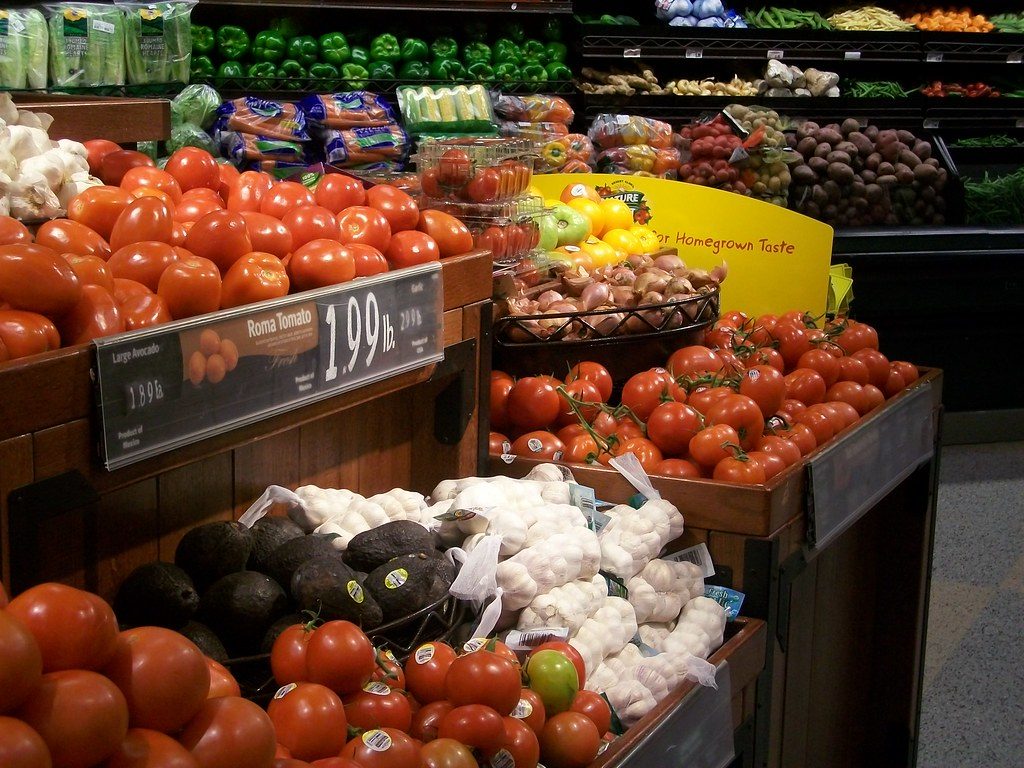The Supplemental Nutrition Assistance Program (SNAP) is the most extensive food assistance program in the U.S., providing more than 60 billion dollars annually to support 40 million Americans in their food purchases. In 2019, about 107,000 Montana residents, or 10% of the state population, participated in SNAP.
On average, participating households in Montana received $226 benefit each month in 2019. This number is much higher for households with children, who received $394 in average monthly benefit. In addition, due to systemic economic disempowerment, American Indians have a disproportionately high participation rate in the program—about 30% of American Indian households are SNAP participants, compared to 10% of the overall Montana households.
As the largest food assistance program, it is estimated that SNAP keeps 7.2 million people out of poverty in the U.S. each year. In Montana, about 23,000 people, including 11,000 children, have kept their living standards above the poverty line because of SNAP benefits.
During the past year, in response to the COVID-19 pandemic, additional support measures were implemented, including the Emergency Allotments, the Pandemic Electronic Benefits Transfer (P-EBT), and a 15% increase in benefits through September 2021. What are the implications of these benefit changes and how do they influence household food consumption behavior?
First, it is well known that the SNAP dollar, as an in-kind transfer, is much more effective in encouraging food consumption than cash transfers. For example, an additional $100 of SNAP benefit may lead to an additional $50 in food purchases, whereas $100 of extra cash only generates $10 expenditure on food. (In general, people do not spend all of their additional income on food.) In a recent study, the author and collaborator analyzed a nationally representative sample of households. We found that the 15% benefit increase implemented by the USDA in March 2021 leads to 4% (or $14 monthly) increase in food-at-home purchases, on average.
Second, it is important to know whether the benefits increase generates more household food waste. Generally, higher-income households tend to waste more food because they are less willing to spend time and effort managing their food inventories. As a form of income, additional SNAP benefits might lead to some food being wasted, undermining the policy goals of improving nutrient intakes and food security. In the same study, we found that the 15% increase in benefits does result in more food waste in terms of values of food purchased. More specifically, of the additional $14 monthly food spending, about $3.7 is being wasted. However, this does not necessarily imply SNAP households are becoming more wasteful food managers. If we look at the average food waste as a percentage share of total purchases, before and after the benefits change, the number remains at the same level of about 26%. Hence, households are utilizing their food as effectively as before, and the increase of food waste is simply a consequence of more purchases.
In sum, SNAP continues to be a critical policy tool to mitigate poverty and food insecurity during the pandemic. The expansion of benefits in the past year likely introduced the program to some first-time participants. Along with financial transfers, SNAP often includes educational programs that promote healthy dietary practices. The SNAP-Ed program in Montana, “Buy Eat Live Better,” is provided by MSU Extension, offering various educational classes and resources to youth and adults.

